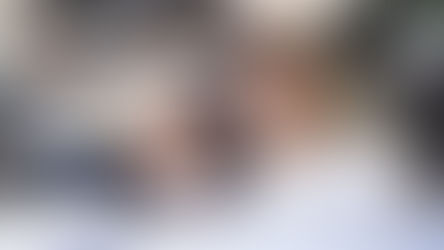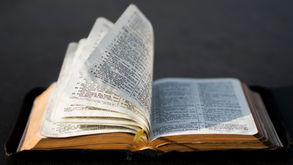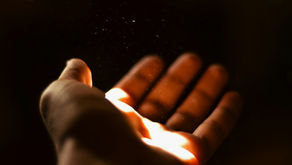CBS News - Baha'i faith teaches the oneness of all world religions
- Uplifting Words

- Dec 18, 2019
- 3 min read
In CBS' series World of Worship, they explore different ways people practice faith and religion around the globe. In this installment, they go on a journey to the Baha'i "Mother Temple of the West" to look at one of the fastest growing new religions in the world, the Baha'i Faith.
Just outside Chicago, on the shores of Lake Michigan, sits the oldest surviving Bahá'í House of Worship.
"Every Bahá'í temple has nine sides, nine doors, nine gardens and fountains," said Joyce Litoff of the U.S. Baha'i National Center told "CBS This Morning: Saturday" co-host Dana Jacobson. "Nine is a symbol of completeness and unity."
Litoff was attracted to the Baháʼí faith, because, she said, it teaches what she already believes.
"My mother was Jewish and my father was Catholic. And then I married a Jewish man, so I've actually lived in two religious communities. And when I learned about the Baháʼí faith that embraces… the teachings of other religions, it made total sense to me," Litoff said.
Founded in 1844 in Iran, the religion teaches the oneness of all world religions. The idea of oneness is carved into the temple's exterior, which includes the Jewish Star of David, the Christian cross and the star and crescent of Islam. But Litoff said there's a misconception that the Baháʼí faith is a "mishmash – that we believe everything."
"We believe in this progressive revelation that the teachings of these great spiritual teachers… they all had their time and place. And so, we embrace the religions that came before," she said.
Baháʼís believe their's is the religion of the future.
Inside each temple, there's one dome representing one god. At least twice a day, there are prayer services with readings from various world religions, but there are no sermons or clergy. That lack of ritual is partly what drew 28-year-old Matthew Cotton to the faith. He was raised Catholic on the South Side of Chicago. Cotton said his mother was "very supportive" of him.
"At first, she wanted to ask some clarifying questions, that – if this was a cult," Cotton said. "I told her, to the best of my knowledge, it didn't seem like a cult to me, that this really seemed like a global, world religion of people engaging with their fellow citizens, who weren't Baháʼís, in order to be of service to humanity."
He added, "To me, building unity looks like creating opportunities for everyone to see themselves as part of one family" – no matter their race, gender or economic status. "Seeing each other, first, as souls."
Music director Van Gilmer has been working toward racial justice since the civil rights era. In 1963, he participated in sit-ins in Greensboro, North Carolina.
"The idea of one humanity is very attracting. We talked about it in my church. But my church is African American. That church, in Greensboro, North Carolina, is still African American," Gilmer said. "All the churches in Greensboro, North Carolina, are either one race or another race. We say and we believe one thing. But when it comes to what we're doing about it, if we're not showing it, if we're not working at it, then those were the things that influenced me to become a Baháʼí."
Because there's no hierarchy in the religion, Baháʼís around the world elect at least nine people to represent them in their local spiritual assemblies.
"There are no ministers. So the burden is back on the individual to not only read the writings that – 'The best thing in my sight is justice, to be just' –not to just read or have somebody talk about it to me, but try to figure out how I'm going to be just in the things that I do," Gilmer said.
It's a community working toward justice by focusing on practicing instead of preaching.
There are somewhere between five and six million Baháʼís worldwide and about 177,000 in the United States. There are eight continental Baháʼí temples, making it the second most geographically diverse religion in the world behind Christianity.




















